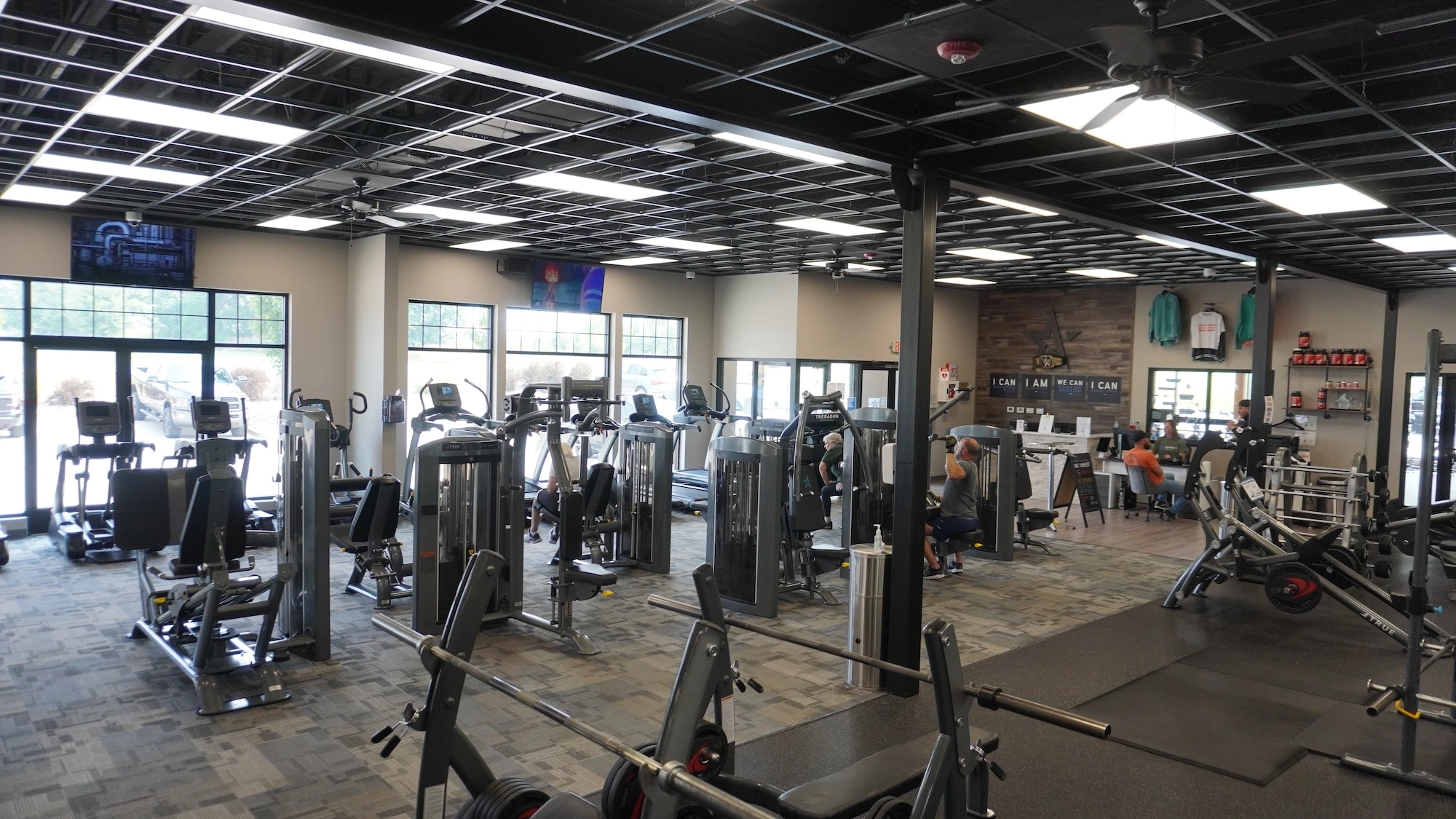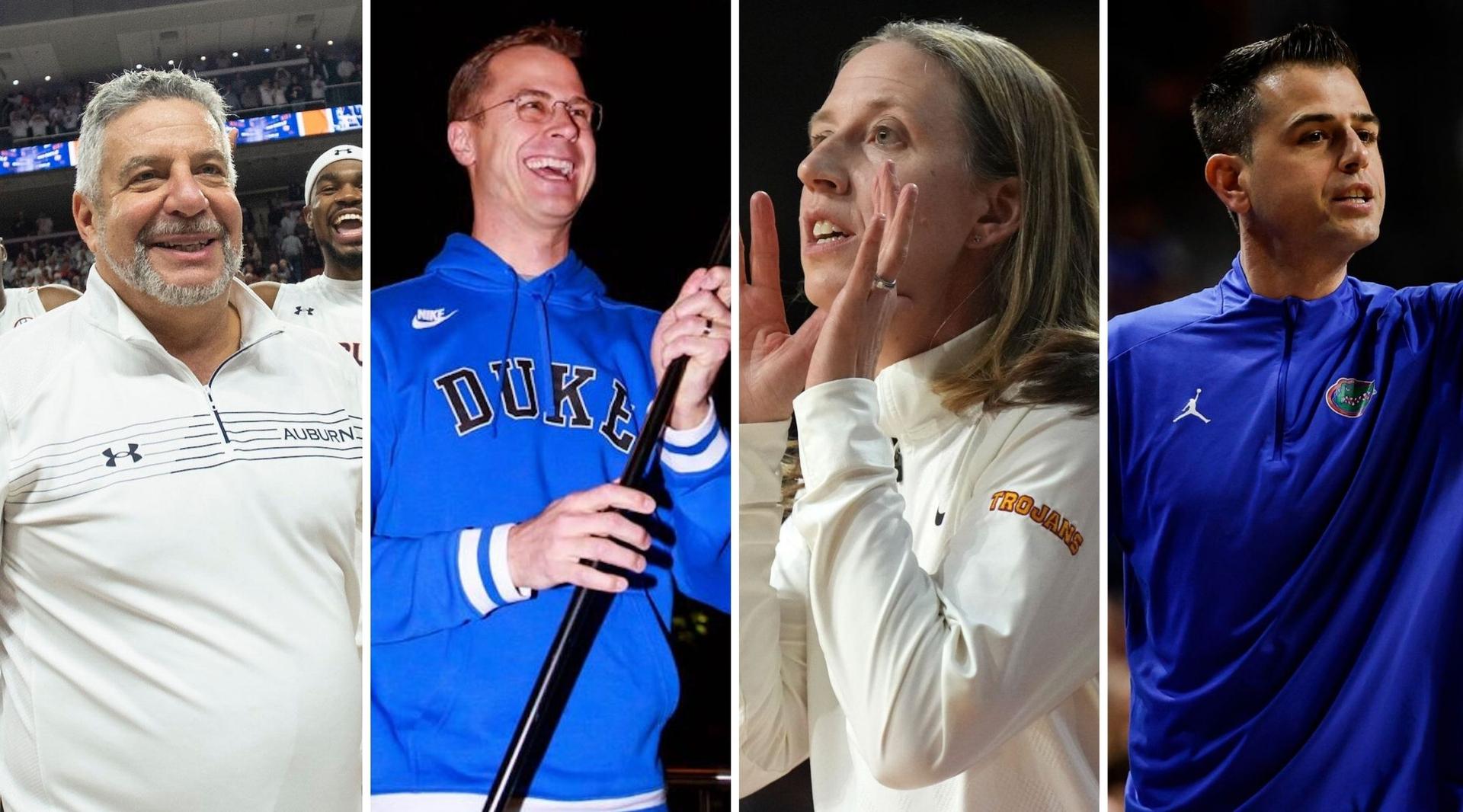From Caitlin Clark and Simone Biles to a new hockey league, women’s sports had a pivotal year
Record numbers of basketball fans filled arenas to watch the rookie seasons of Caitlin Clark and Angel Reese unfold. Simone Biles captivated the world at the 2024 Paris Olympics. Coco Gauff made women’s tennis history.
It was all part of a pivotal year for women in sports, financially and culturally, and after a steady rise in popularity and reach in recent years, the women’s game is more valuable than ever.
“(Clark)’s just moved the needle of the global movement of women in sports,” said softball great and Olympic gold medalist Jennie Finch, “and what a thrill it’s been to be able to see her rise.”
The consulting firm Deloitte estimated in November 2023 that women’s sports would generate more than $1 billion in global revenue this year for the first time ever, which the company said is up about 300% from its last estimate in 2021. Skyrocketing viewership and corporate sponsorships were major factors.
The WNBA in July signed a historic 11-year media rights deal with Disney, Amazon Prime and NBC valued at about $200 million — a jump from about $60 million currently. Players hope higher salaries and a greater share of revenue could be on the horizon as parity, star power and competition in the WNBA continue to grow.
The WNBA had its most-watched regular season in 24 years and best attendance in 22 seasons, and commissioner Cathy Engelbert said in a recent state-of-the-league address that players are getting a lot more marketing deals, turning them into household names. That includes Las Vegas star A’ja Wilson, who had one of the most dominant seasons in WNBA history, and Clark, who set numerous rookie records.
The decisive Game 5 of the WNBA finals between the New York Liberty and the Minnesota Lynx drew an average of 2.2 million viewers, peaking at 3.3 million, which made it the most-watched WNBA game in 25 years.
“We’ve been growing in popularity, endorsements, media rights, all of those things,” said Amira Rose Davis, a sports historian and assistant professor at the University of Texas at Austin.
“This period is one of rapid acceleration,” Davis continued, “where all that growth seems to switch into overdrive, where the deals are getting bigger, where the visibility is stretching out.”
Clark, the sharp-shooting Indiana guard became a phenomenon when she played at Iowa, capitalized on a foundation laid by hoops stars such as Diana Taurasi, Candace Parker and Wilson, and turbocharged the visibility of women’s basketball.
Ticket sales to Indiana Fever games were up 182% in 2024 from the previous season. The Fever also shattered the attendance record of 13,398 set by the Liberty in 1998 with around 16,084 tickets sold per game. And games featuring Clark and her on-court rival Reese of the Chicago Sky prompted social media debates about basketball, race and culture.
“Something that I always tried to do with me was rise and elevate the game,” said Finch, now an adviser for the Athletes Unlimited Softball League. “And that’s what (Clark)’s doing and her teammates. And just to be able to watch her do it and how humbly she does it, and the impact of not only domestic women’s basketball, but women’s athletics globally. It’s a dream.”
While many point to the WNBA as a blueprint for success in women’s sports, accomplishments in 2024 went far beyond one league or athlete.
Gauff, the 20-year-old tennis superstar, was the world’s highest-paid female athlete this year with $30.4 million in earnings, according to Sportico rankings. Gauff could not defend her 2023 U.S. Open title, but ended her 2024 season with a WTA finals title and a $4.8 million check — the biggest payout ever for a women’s tennis event, per Sportico.
The Olympics neared complete gender parity for the first time among the more than 11,000 men and women who competed in Paris this summer.
More than 34 million people across all NBC platforms in the U.S. watched Biles exorcise the demons of her surprising exit from the Tokyo games three years earlier. The 27-year-old shared a message of resilience and redemption as she added four gold medals to her resume. Nearly everything she did in Paris made headlines — a clap back at social media trolls, a revelation about her mental health, a moment of triumph. Her TikTok showing Team USA’s gold medals from team competition has more than 139 million views.
“She became a symbol,” Davis said. “Whether you wanted to symbolize her as persevering, or talking about mental health or refusal, the politics of refusal. Or (whether) you wanted to symbolize her as being a quitter — being everything that you’re bemoaning about the country. Either way, both projections elevated her even more.”
And as Gauff and Biles soared, other women’s leagues leveraged that visibility.
The Pro Women’s Hockey League brought in 392,259 fans during its inaugural regular season, highlighted by a women’s hockey record crowd of 21,105 at the home arena of the NHL’s Canadiens for a Montreal-Toronto matchup. The league also reached sponsorship deals with Scotiabank, Air Canada and Hyundai.
The PWHL’s strong first season showed its organizers and players that there’s an appetite for women’s sports, so much so that there are hopes to expand from six to eight teams in 2025.
“For many of us that have been in the game for so long, it’s emotional to think about where the game’s come from, where we’ve come to,” said Jayna Hefford, the league’s senior vice president of hockey operations. “We spend a lot of time reading research and all these things that suggest the time is now and that the fandom is there. And to be able to live that and feel it in real time was pretty special.”
Keith Stein and Justine Siegal want to capitalize on the women’s sports landscape too.
Siegal, a former baseball player and coach, partnered with Stein, a lawyer and businessman, to create the Women’s Pro Baseball League, which last month announced plans to launch in 2026 as a six-team circuit for female players. It will be the first pro league for women since the All-American Girls Professional Baseball League dissolved in 1954.
“Leagues like the WNBA and (National) Women’s Soccer League have done a lot of the heavy lifting,” Stein said, “and they’re part responsible for the moment we’re having right now where women’s sport is a phenomenon.
“I think there’s, in some ways, a lot more momentum behind the development of professional women’s sports leagues than for men’s.”
___
AP Sports Writers John Wawrow and Cliff Brunt contributed.
Related
Jets complete interview with Jeff Hafley
The Jets have completed their 13th head coaching interview. The team announced that they wrapped up their interview with Pa
Los Angeles stadiums host fire relief events with donations from…
Los Angeles area professional sports teams got in on fire relief in a big way, hosting three stadium sites where fire victims can pick up donated goods. On Fri
Patriots’ pass-rush specialist Joe Kim moves on
With a new head coach comes plenty of changes to the coaching staff. The new staff in New England won’t include pass-rush













